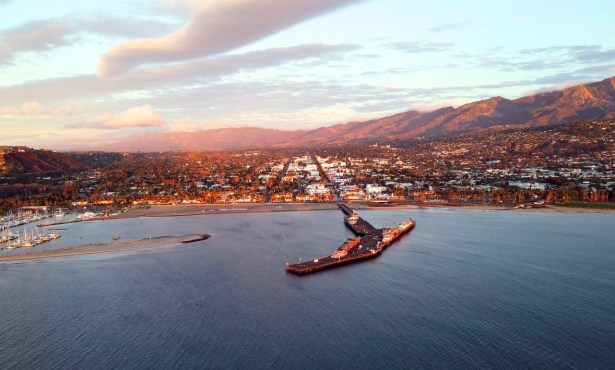Dreaming of Turtles
In 1780, an English vessel was sailing along the coast of Jamaica and ran aground in a sea of green turtles, millions of turtles. For a time, human beings were stopped by the sea of turtles waiting for their inevitable return to the beach to forge the next generation.
Such an abundance of turtles. Their heads are breaking the sea’s surface. Imagine the smell of turtles out beyond the horizon. Imagine the coral of the reefs blooming colors. Big fish swimming. The explosion of marine life exists along a changing depth of blue hue, under a full moon sky that exists even before the sun sets.

Today, along most of the beaches where green sea turtles once gathered, there is a silence, a silenced sea. The British Empire mined the beaches, coastal inlets, and lagoons for the sea turtles of the greater Caribbean Isles. The turtle was a major export to England and Europe in the 19th century. Our museums are full of the large shells of sea turtles; our western fables tell the stories of the once-upon-a-time maritime abundance and bounty of sea turtles (in turtle soup). In maritime museums, the turtle’s shell represents a soon-to-be-lost race of marine life. Shells so large you can crawl into them. Great sea turtle shells are like a great palm tree or the wings of an albatross casting a shadow along the coast.
Sharks follow the path of an albatross, and the path of sea turtles. Wolves follow the raven to the herd of elk. The swordfish is the maritime emblem of the Chumash; when they return and sail to Santa Cruz Island, there is a carved abalone shell in the shape of the swordfish on their tomol or canoe. The brown bear was followed by the children of the Pleistocene; in ice, we followed the paths of the great bear and settled what indigenous North Americans’ refer to as “turtle island.”
The green sea turtle is referred to as honu in Polynesian and represents “a spirit of change.” Honu is a spiritual and metaphoric guide that travels the world’s oceans, a shared totemic emblem that symbolizes the diverse ways people and places coexist. The wildness is the ecological context in which honu’s path takes place — it is the space that is not embraced or understood by the Cartesian consciousness. It is a path that reflects a material and conscious transcendence of Cartesian ways and habitats.
Honu ultimately challenges our senses and our ability to think deeply and to act with respect to a distant horizon. My fear is that as the world of diverse animals, plants, and insects is diminished, or denatured, we become less human as a consequence.
We can find that other animals can provide a lifeline that reconnects people and places across seascapes. Other animals, plants, and insects can help guide our way. Learning from other animals has been key to our survival and adaptation, and in the path of other animals we find a greater ecology of understanding. The oceanic path of honu reminds us of the ecological and cultural power of wildness, of the fragile world we live in — and of the human struggle to adapt to changes in ocean ecosystems, our shared fate. In order to survive, we need to expand our sense of time and space to incorporate the needs of other places and other peoples in our daily lives.
A journey across the sea is often expressed in the gift of maritime story. The story of honu across the Pacific is reflected in the colors of the turtle’s carapace or shell: Her body has been changed by the sea. Her body reflects the waves and winds of a long journey. She is shaped by a journey that connects one sea to another. Her journey depends on an irrevocable connection between diverse places and peoples of the Pacific. She is renewed in the coastal places, the islands, the fire of the deep blue sea. The mooring of her body is linked to a deep blue line of oceanic symbiosis and evolution. She has survived our nets and our developed coastlines.
Listen. A deep rhythm of the earth’s oceans calls out to each of us. If you hear the language of the ocean, if you are open to the chorus of bird songs in a slough, the sight of a tail of a whale, the splash of a salmon’s drive upstream, you also share her yearning of return. Without the power of empathy for the ways and needs of other animals, we are drifting in isolation. Out of place, we are absent or detached.
So the story of the great sea turtle is a reminder to us of the fragile coastal and marine system we depend on for survival. The turtle waits offshore, in the shallow seas along the coastal islands of the South Pacific. It is not yet just a memory. I am floating face up to the sky. A coral reef is below. The clouds above resemble the turtles afloat in this sea with me.


